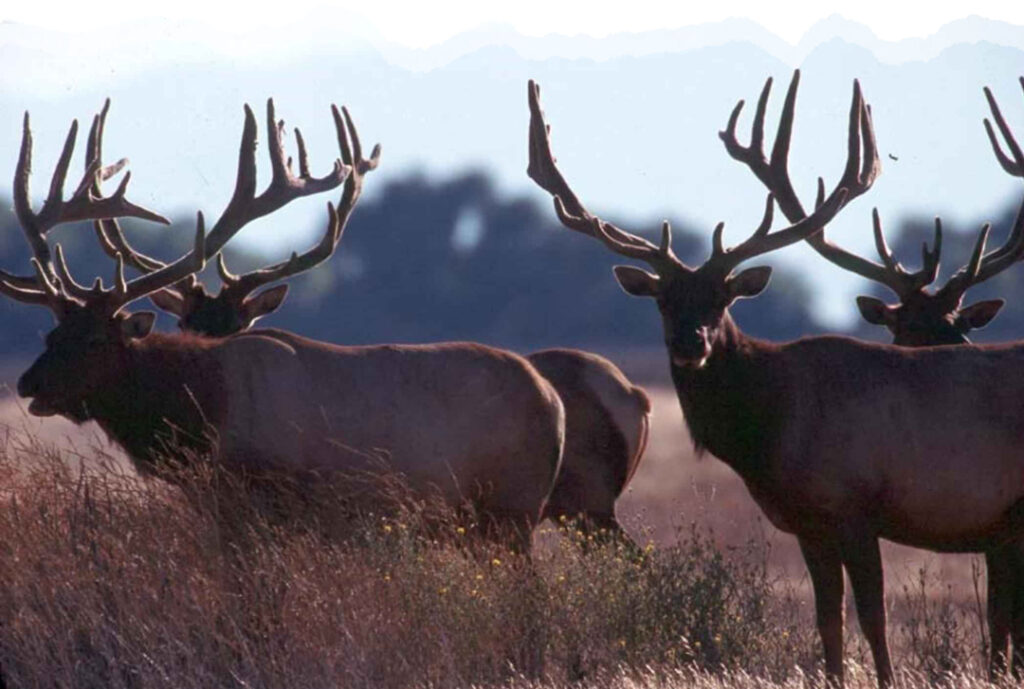Are Tule Elks only found in California?
Tule Elks are exclusively found in California, specifically the Central and Northern regions of the state. As natives of the land, Tule elks entered on the edge of extinction in the late 1800s; this was as a result of lacking hunting laws and the mismanagement of cattle. Tule elks are vegetarians; they primarily survive off of grasses, similar to roaming cattle. Through posed competition when it came to food and an absence of hunting regulations, Tule elks were on the decline until deliberately protected when only a few herds were left roaming. Now, the population of Tule elk exceeds 5,500 with herds ranging from 20 to 200 elks. Each herd is founded upon cows, spikes (young bulls), and calves, while bulls separate themselves and live in solitude until rutting season.

When does rutting season begin for the Tule Elk?
Rutting season begins in the late summertime and lasts into the early fall, August to October with calves born as early as February, but, more typically so, May and June. The calves resemble the appearance of a fawn with a spotted pattern on their light brown coat. As the elk ages, their fur color becomes darker around their neck, though they maintain that same identifiable light brown fur coat and white rump. Though the Tule elk is the smallest of the elk species, the bulls average 450-700 pounds, while the cows average 375-425 pounds; both measure 7 feet long and 4 to 5 feet tall from the shoulder. Bulls drop their antlers annually and after rutting season concludes, distributing viable calcium to the grounds of their grassy hillside homes. Elks tend to utilize heavy cover when they can and often graze within general areas, never migrating in an identifiable pattern, but simply ensuring they have a sufficient food source.

Where do Tule Elks prefer to roam?
Tule elk are highly social and likely to roam on the privately-owned lands of California as a result of the high-pressure hunting practices that occur on public lands; this allots the elk a bit of protection under modern hunting guidelines in order to maintain a steady and resounding population.

